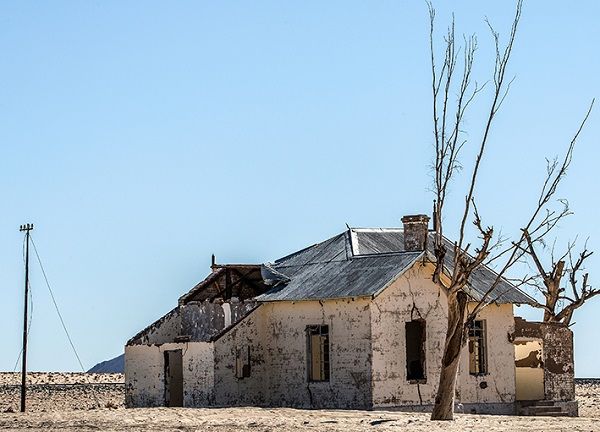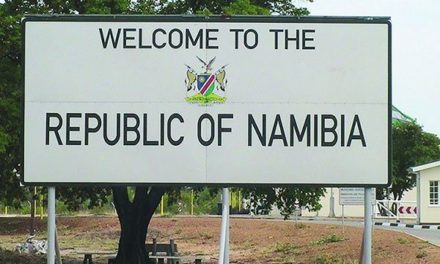
Desert horse foundation partners environment ministry to rebuild first Garub waterhole

The organisation that carried the remnant herd of the famous Namib wild horses through the devastating 2019 drought has now teamed up with the Ministry of Environment, Forestry and Tourism, to rebuild the delapidated waterhole at Garub.
Initial rough estimates rank the project cost in the region of N$250,000. Garub is a train station built in 1906 on the then functional, narrow gauge railway track from Lüderitz to Aus, and from there to Keetmanshoop. It served mainly as a watering point for the trains that brought supplies from the coast to the interior.
The station has been abondoned many years ago as the narrow gauge track became obsolete but the waterhole continued to provide water to the wild horses living in the eastern section of the former Sperrgebiet, today the Tsau Khaeb National Park.
“This waterhole is beyond repair and the Ministry of Environment, Forestry and Tourism has asked the Namibia Wild Horses Foundation to fund the rebuilding of this waterhole which serves the animals grazing in the eastern side of the Tsau Khaeb Park,” the foundation said when announcing the campaign to collect funding.
The Namibia Wild Horses Foundation has proven their ability to mobilise resources when, in 2019, it collected funding for fodder to keep the horses alive. It was also later instrumental in assisting the ministry to find a solution to the spotted hyaenas that preyed on the emaciated horses.
The foundation is now asking for public and commercial support to contribute to a special fund for the rebuilding of the Garub waterhole.

Sketching Garub’s history, the foundation said “The railway between Aus and Lüderitz was constructed to carry water inland for the ox wagon route between Lüderitz and Keetmanshoop – an arduous journey, costing the lives of men and animals due to scarcity of water. Ships carried up to 750,000 gallons of water from the Cape, plus 4000 horses (ancestors of the Namib’s wild horses) and tons of fodder and supplies to Lüderitz from where it was transported inland.”
This lead to the construction of Garub, first as a rewater point for the locomotives, and later as a waterhole for the horses and the abundant game of the area. With the onset of the First World War, the German troops abondoned the position but destroyed the infrastructure.
As the Union troops approached the railway line and the watering points had to be rebuilt. According to reports of that period, a perpetual dust cloud hung over Garub as 10,000 soldiers and 6000 animals bivouaced in the area.
Noting that there are two boreholes in the Garub area, the foundation said “Garub 1 is now in urgent need of a complete rebuild. This will relieve pressure on Garub 2, the current lookout waterhole. Also there will be less travelling distance for oryx when grazing is good in the western side of the park.”

(Photograph by Scott Hurd)











































